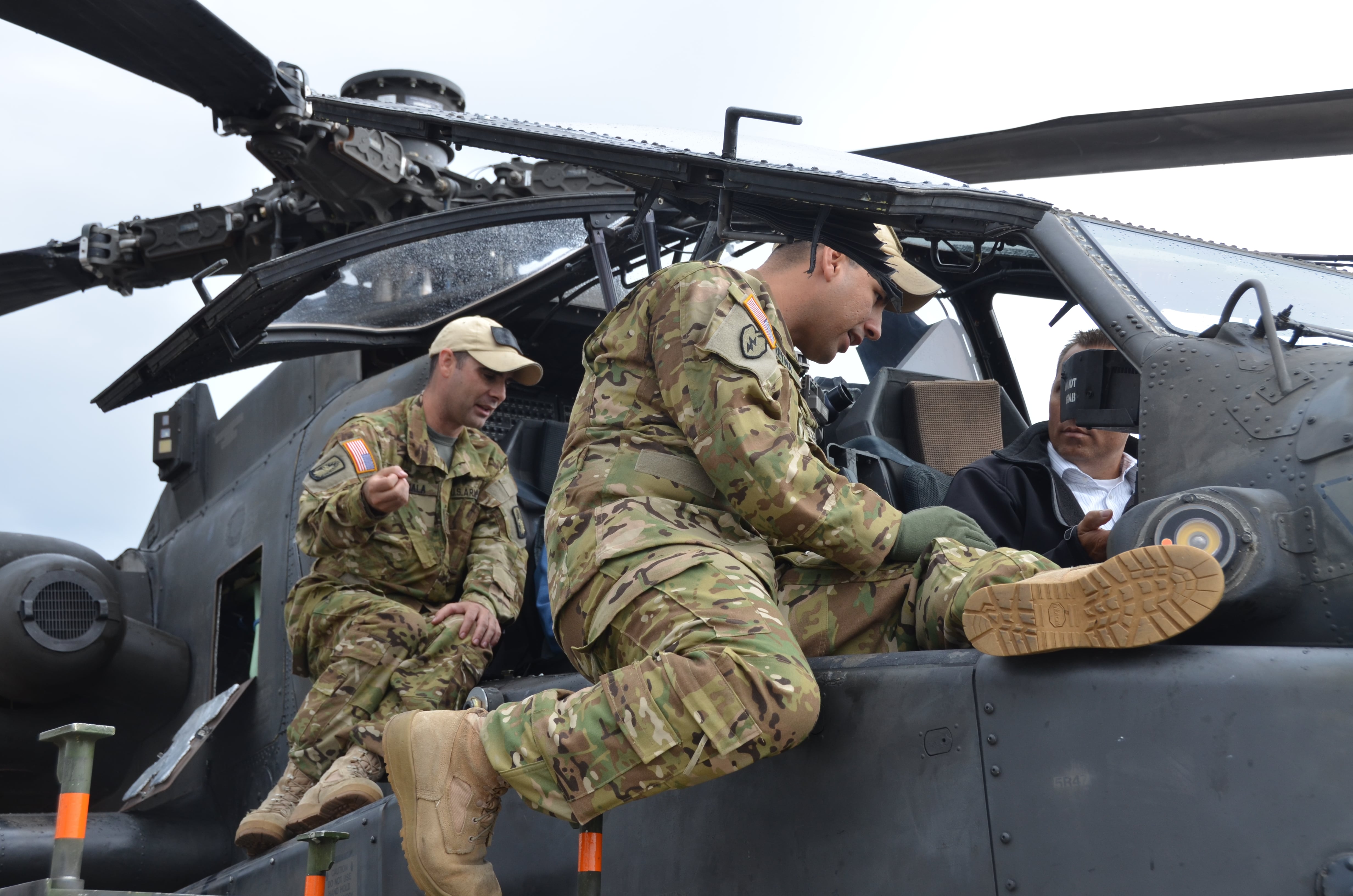The Rand Corp. recently made public its study of a possible warrant officer corps [“Rand study: Warrant officer pilots would hurt retention in the Air Force — but a flying-only track might help,” Air Force Times, Sept. 3].
Rand Corp. concluded that to improve retention, a special flying track for commissioned officers is preferable to re-establishing a warrant officer cadre.
According to Rand, creating a higher paid technical track for commissioned officers would help to keep pilots from jumping to lucrative airline jobs. The study concludes the resulting higher retention rates and lower training costs “would outweigh the increased personnel costs [of reinstating warrant officers], resulting in net savings for the Air Force.” With respect, the Rand study ignores the hard facts. It overlooks recent pilot interviews indicating that money is not the primary factor for pilots leaving the Air Force.
As the Air Force Times reported June 18, a Mitchell Institute for Aerospace Studies study quotes Chief of Staff Gen. David Goldfein as saying that “[pilots] stay because they want to work with the most amazing people, with the greatest technology, to have a mission that matters, and give their life meaning. That’s the value proposition. If we’re going to retain these pilots, it’s going to be about reconnecting to the value proposition.”
RELATED

In other words, what keeps pilots in the Air Force are the intangibles: morale, esprit de corps and a call to duty. Those intangibles don’t show up on an Excel spreadsheet, but are absolutely necessary for an effective fighting force.
Indeed, even while rejecting the idea of a warrant officer corps, the Mitchell Institute acknowledges, both “separating pilots and the Air Force are aware that monetary benefits do not capture the value proposition that Goldfein emphasizes. … Unanimously, former pilots interviewed for this study ranked camaraderie, being part of an Air Force squadron team, and a desire to serve as the most missed aspects of their time in the service.”
Any solution to the pilot retention problem needs to focus on morale, not money. The Air Force loses the initiative when it lets itself get drawn into a dollars-for-dollars furball with the major carriers. Likewise, Rand misses the mark in recommending against warrant officers, who would, reportedly, “require development and management of new processes and policies across the personnel life cycle—recruiting, accessions, compensation, retention, utilization, promotion and transition.”
Rand evidently views the personnel system as a challenge too daunting to tackle. Since when has avoiding the difficult trumped doing what is right? The right thing to do here is to retain good pilots, while at the same time, preserving the military leadership pyramid that forms the basis of command authority. In recommending a commissioned specialist track, Rand entirely ignores chain-of-command considerations.
Rank corresponds to higher levels of leadership responsibility; rank is not based on superior technical skills or employment of the most advanced weapon system. Due to our technical orientation, we in the Air Force tend to forget this, but we do so at risk of inverting the military leadership pyramid and subverting the chain of command.
The Rand study recommends that pilot-specialists be eligible for promotion up to O-6, but in doing so, the report entirely ignores how an O-6 would fall within the chain of command while serving under an O-4 flight leader or O-5 squadron commander. The real-world answer is that a single function O-6 would be a gold-plated specialist of limited scope, but with apparent authority to gum up the works just about everywhere.
In contrast, warrant officers have proven highly successful in Army aviation and fit well within their operational chain, primarily because they do not have the rank to complicate the organizational structure. Even with restricted pay and authority (but still receiving flight pay and incentive bonuses), the warrant officer track would still be attractive to those pilots who love flying for their country. The Rand study identifies money as the root of the retention problem, and as such, recommends solutions based on material benefits to the pilot community. Offering more material benefits is an attractive proposal because it is simple and quantifiable. But ultimately it is not a real solution. This materialistic approach is not working now, and there is no reason to believe it will provide a fix in the future.
The long-term solution is to reform the structural problems plaguing the system. As the Mitchell Institute has reported, most former pilots “were critical of efforts made by their chain of command to reduce or postpone service demands that were affecting family and marriage stability, ability to remain collocated with working spouses, and other factors more prescient than in past generations of Air Force pilots.”
It is time for the Air Force to work beyond the fringes of the problem. We need to roll up our collective sleeves and rise to the challenge of how we organize and lead our people. For if we can’t solve this problem, which is within our control as an institution, how can we be expected to rise to bigger challenges in the next major conflict, when our adversaries will get a vote?
Byron Shibata is in the Air Force Reserve and lives in Alexandria, Va. His opinions are his own and do not necessarily represent those of the U.S. Air Force, the Department of Defense or Air Force Times and its staff.





